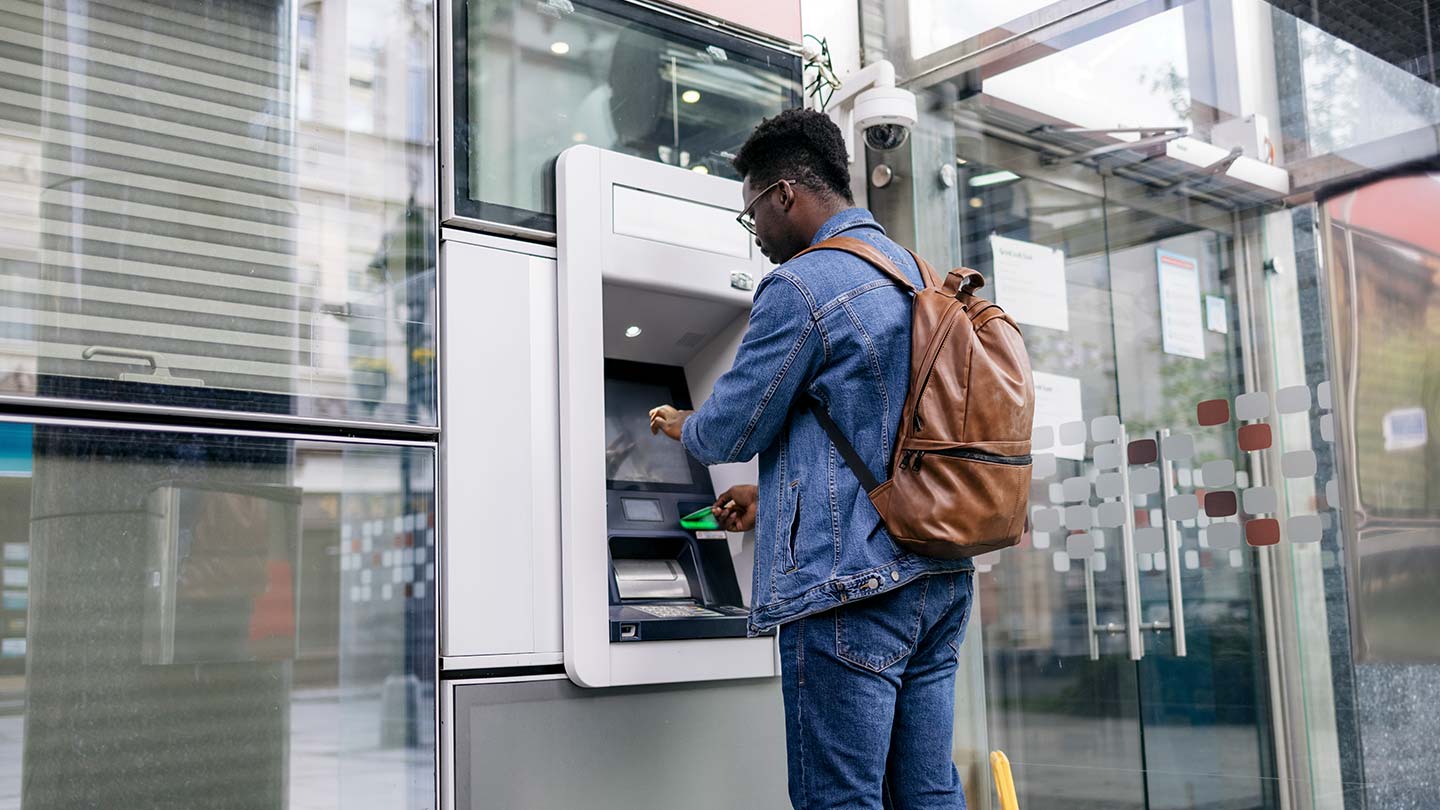Today, the JPMorganChase Institute released its Local Consumer Commerce Index (LCCI) for September 2016, which showed that only one-third of the 15 major U.S. cities studied experienced positive growth in year-over-year spending. Overall, year-over-year consumer spending growth declined by 1.5 percent in September.
Like in August 2016, Denver experienced the fastest growth of all cities studied, this time at 6.9 percent year-over-year. Although restaurant spending across the 15 cities added 0.6 percentage points in September, it was the only product type to see an increase in year-over-year spending growth.
This report provides a timely view of how the following cities and surrounding metro areas are faring economically both individually and in aggregate: Atlanta, Chicago, Columbus, Dallas, Denver, Detroit, Houston, Miami, Los Angeles, New York, Phoenix, Portland (OR), San Diego, San Francisco, and Seattle. By looking at actual anonymized financial transactions, LCCI offers an ongoing, dynamic view of the health and vibrancy of the U.S. consumer and the places where businesses operate.
“While we see continued declines in spending growth, there are a few bright spots in year-over-year local consumer commerce for September 2016,” said Diana Farrell, President and CEO of the JPMorganChase Institute. “For example, spending at neighborhood small businesses can have a multiplier effect on nearby businesses and the community overall – it’s an important contributor to the vibrancy of local commerce.”
The key highlights from the latest Index include:
- All five of the largest cities in our sample – New York, Los Angeles, Chicago, Dallas and Houston - experienced reductions in spending.
- Spending at small businesses grew notably, adding 2.5 percentage points to year-over-year growth. However, these gains were more than offset by declines in spending growth at mid-sized and large businesses.
- Fuel spending recovered significantly in September 2016, subtracting only 0.2 percentage points from growth. This level of growth departs strongly from a downward trend that began at the beginning of 2016.
- Year-over-year spending growth on nondurables declined in September, in contrast to virtually flat growth in August. Spending contractions for these goods have been relatively rare events; September marks the third instance in our series.
- Spending from customers that live in the same neighborhood as the merchant has experienced a downward trend throughout much of 2016.
The LCCI offers unique advantages over existing measures of consumer spending.
- The LCCI captures actual transactions, instead of self-reported measures of how consumers think they spend.
- The LCCI provides timely data on spending in 15 major metropolitan areas; such geographic granularity is unavailable in most other spending measures. These 15 cities mirror the geographic and economic diversity of larger metropolitan areas in the United States and account for 32 percent of retail sales nationwide.
- The index also presents a more granular view of local consumer commerce through five important lenses: consumer age, consumer income, business size, product type, and consumer residence relative to the location of the business. For each lens, we show how different segments contributed to year-over-year spending growth.
- The LCCI captures economic activity in sectors that previously have not been well understood by other data sources. These include sectors such as food trucks, new merchants, and personal services.
Each release of the LCCI will describe the economic picture of local communities and provide a powerful tool for city development officials, businesses, investors, and statistical agencies to better understand the everyday economic health of consumers, businesses, and the places they care about.



